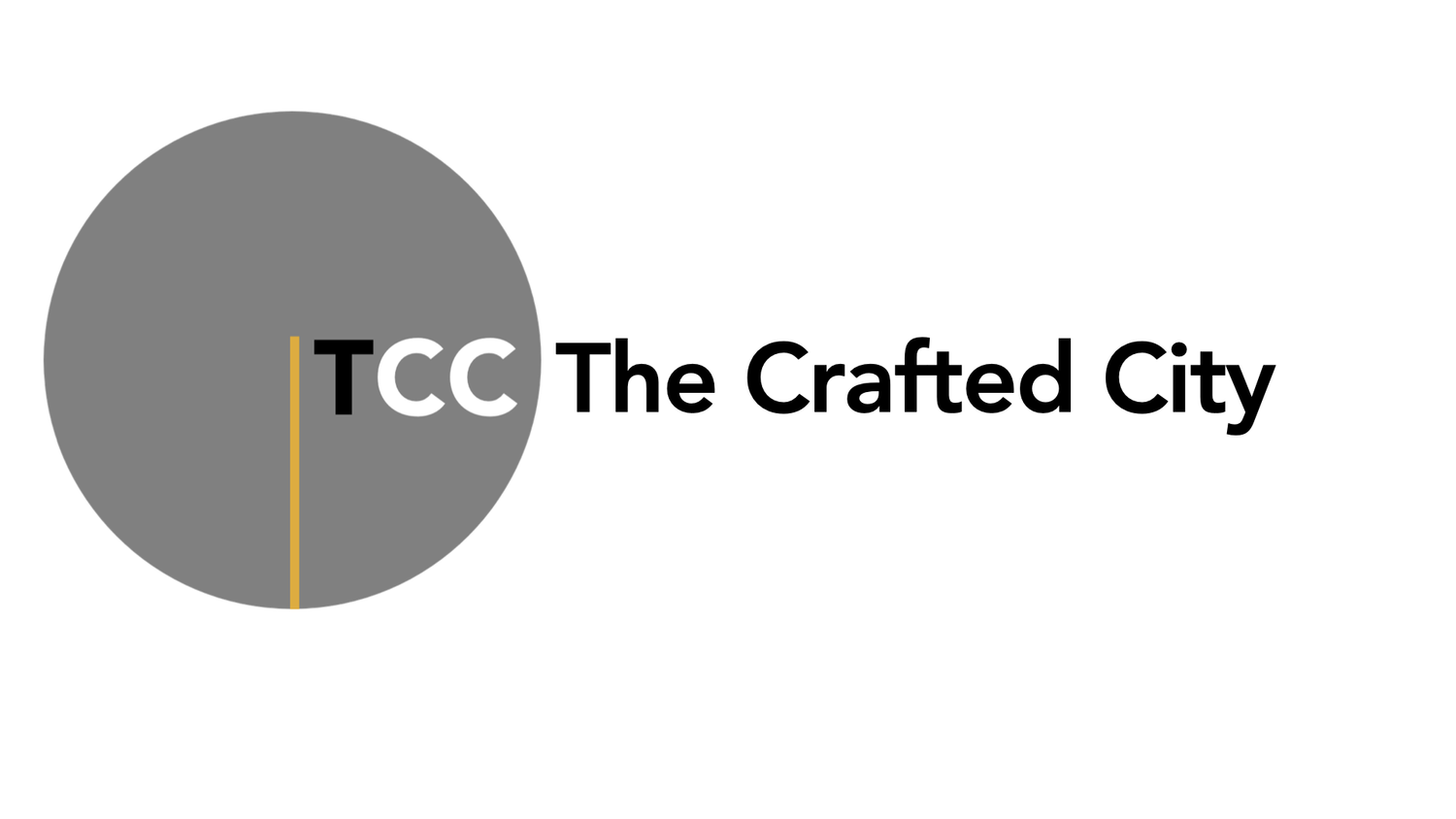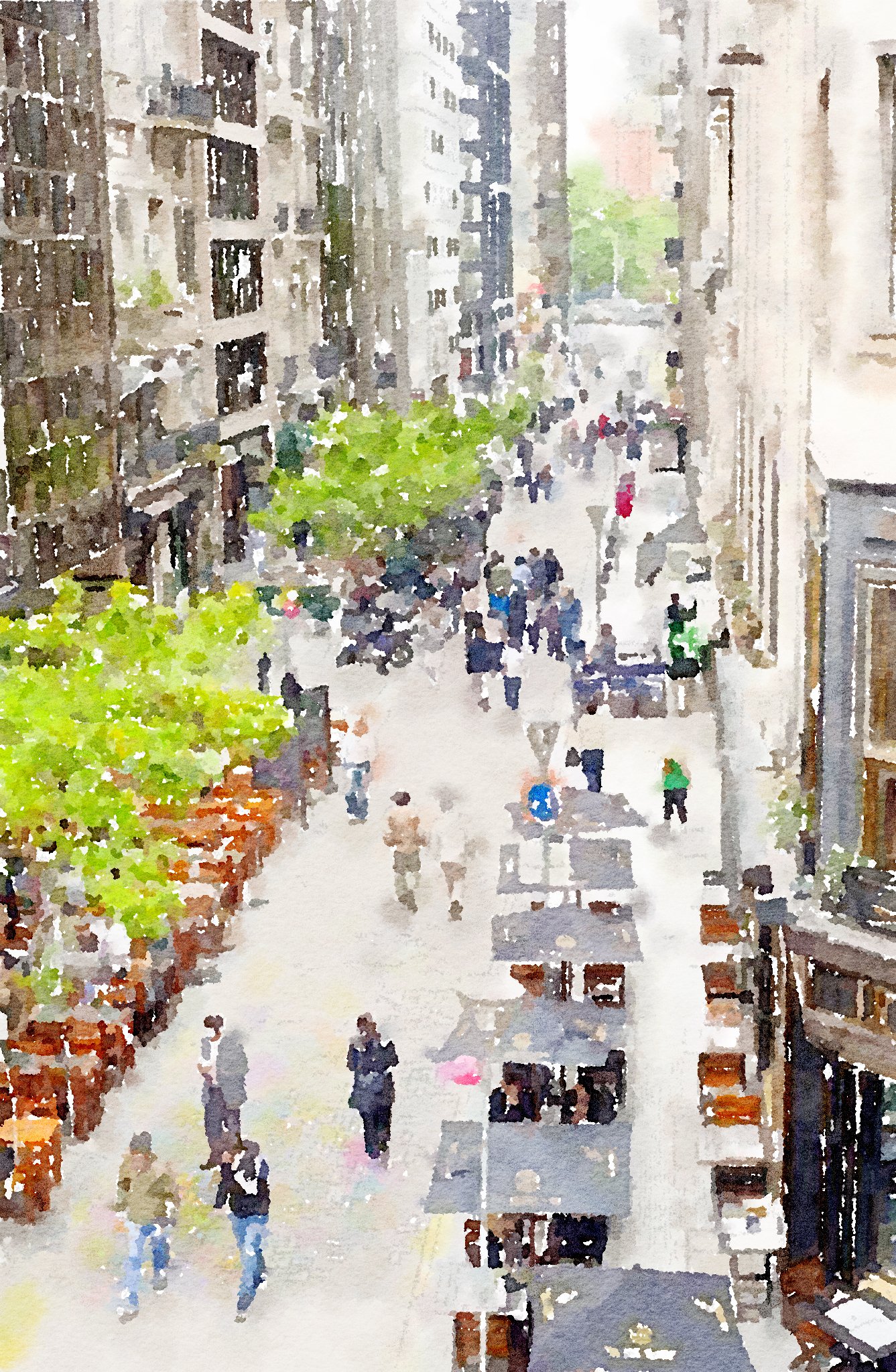SHARING IN THE CITY
Image: Doug Joyce
10 AUGUST 2023
I find myself frustrated at how the process of architectural design clashes so completely with the forces of public policy. For the most part, these two interconnected components of city-making maintain a very awkward relationship with each other, to the extent that we mostly build what is mostly acceptable, while believing that greatness is out of reach.
Often we designers think of a building, or collection of buildings, in pure isolation. Our creations are planned and composed in isolation within the boundaries of the land provided. We solve the specific aesthetic and functional issues within the envelope allowed by the municipal authorities.
Over on the planning side, there is the presumption that code and the process are the the best ingredients to make a functional, just, and attractive city. Since the code is law, it inherently must be fair and just. Since the process is arduous, the results must be inherently good. Since the code and the process tells the architect and the designer what to do, the results must be inherently correct.
I’m an architect, and I actually believe in good urban policy- I believe that the codes, the process, the administration- that these are an essential baseline. I’m also glad to observe that with the process we have, as frustrating as it is, that some good buildings are being designed and built. and wonderful places are being made. A few.
Yet there remains a disappointing and exasperating clash between the creation of buildings, and with the processes that occurs in how we envision cities. A process, complicated and un-checked, that is inflexible and resource consuming. This is a process which with all of its friction and conflicts limits how great our cities are. It leads to a shortfall in our policy goals, and to disappointment in how many of our buildings turn out— buildings and infrastructure that don’t really contribute to our greatest dr# Sharing in the City
City streets are already places where we share a lot of things. We have to.
City dwellers share streets, sidewalks, and public utilities along with other resources. All of us need these things, unless *your* choice is to be totally ‘off-grid’.
With the advancements in technology, and with a deeper understanding of the environmental challenges we face, we now have the potential to share more resources in our common places, for mutual benefit.
Wastewater management, downscaled and renewable energy, and parking are all areas that can benefit from increased sharing. By sharing these resources, we can reduce costs and improve efficiency. For example, wastewater management can be shared between different buildings and neighborhoods, reducing the need for individual treatment facilities.
When it comes to our streets, there is a growing awareness of the need for more sophisticated thinking. Rather than just being used for cars, streets can be designed to provide services for other types of transportation systems, such as bicycles and public transit. Shared parking is also an idea that is gaining traction, as it can reduce the need for individual parking spaces and help reduce traffic congestion.
Community spaces are another important area where sharing can have a positive impact. Instead of turning inward and focusing on private spaces, we can create shared spaces that encourage social interaction and community building. By doing so, we can help promote a sense of community and connection among city dwellers.
Finally, it's worth noting that a deeper dive into more flexible and complex street design would have the benefit of making individual building projects much simpler. By designing streets that are more adaptable and flexible, we can reduce the need for costly and complex building projects. This, in turn, can help control costs and make cities more affordable for everyone.

